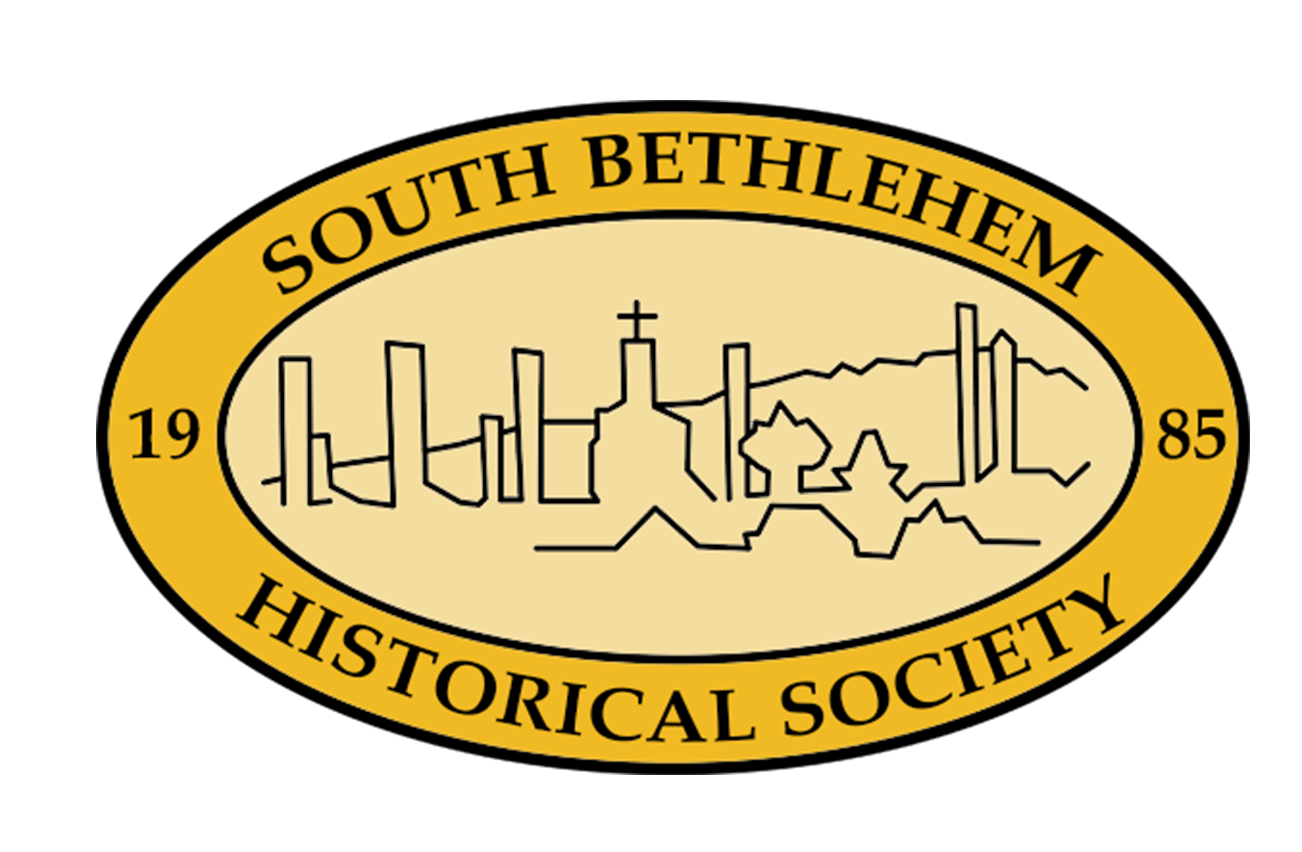Union soccer team honors Bethlehem history
BETHLEHEM For five golden years at the start of the 20th century, the biggest soccer stars in the country lived and worked in Bethlehem, Pa.
The Bethlehem Steel Co. soccer team, consisting of workers imported from the British Isles primarily for their soccer prowess, dominated their opponents from 1915 through the early 1920s, winning five U.S. Open Cups.
Yet even at the height of its success, the team struggled with low attendance at home games, and never made a dime for the industrial behemoth under whose banner it played.
But now, more than 80 years after the last Bethlehem Steel game, the team is enjoying a groundswell of popularity, thanks to an honorary jersey unveiled this year by the Philadelphia Union soccer team, which happens to play in another city with a rich industrial past – Chester.
The black-and-white jersey, with a Bethlehem Steel logo embroidered in red on the back, was worn by Union players in the March 2 opener and has since become one of the Union’s top-selling items.
“We’ve sold everything we’ve made,” said Nick Sakiewicz, the team’s chief executive officer. “Not just the jerseys, but the T-shirts, caps, scarves. . . . It really took off.”
To those familiar with the story of the Bethlehem Steel team, the recognition is several decades overdue.
The Bethlehem Steel team began in 1907 as an amateur league team that was one of several projects funded by the steel mill, which was at the time one of the largest manufacturing companies in America. As the company prospered, it invested money in programs for employees, such as trapshooting, bowling, and soccer clubs.
“They had somewhat enlightened leadership, and they felt it was important to keep employees happy,” said Daniel Morrison, an amateur historian who has studied the Bethlehem Steel team extensively.
Most credit the team’s gradual transformation into a professional league to H.E. Lewis, one of the steel company’s top executives, a Welsh immigrant who had a personal interest in soccer. Lewis started pouring money into the team so it could recruit top players from England, Ireland, and Scotland, who would then come to America and be set up with jobs at the steel plant, as well as spots on the team.
The jobs were often in the draft room, and involved drawing up blueprints, so as to avoid the physical dangers of working in a steel plant, said Roger Allaway, a historian for the National Soccer Hall of Fame and a former Inquirer copy editor.
“In 1915, a goalkeeper lost a fingertip,” he said. “After that, they learned to keep them away from those riskier jobs.”
The team became a runaway success, often playing against corporate teams of shipbuilders or textile manufacturers, Morrison said.
“They had all the money, and they were buying the best players,” he said.
The team was so successful that Bethlehem Steel built its own stadium – the first soccer stadium in the country, Morrison said, which is still used today by Moravian College’s football team.
But from the beginning, the team struggled to attract local support. Ticket sales were low in Bethlehem, so low that sometimes the team played games in Philadelphia to draw larger crowds.
“They were the most successful team in North America, and the stands were empty,” Morrison said.
Why the poor attendance? Allaway said that games were rarely, if ever, scheduled when mill employees had the day off. Additionally, the ethnic divide between the players and the rest of the mill may have been a factor. Most steel workers were from Eastern European countries and lived in South Bethlehem, he said, whereas most who played for the team came from Britain and lived in the north part of town.
“Why should all these Italian and Hungarian immigrants want to see a bunch of Scottish soccer players?” he said.
The low ticket sales meant the team never made money for Bethlehem Steel, despite its success. In fact, Morrison said, it cost the company money. But it remained in place until 1930, when Lewis, the team’s founder, left Bethlehem for another job.
Morrison and Allaway both were thrilled by the Union’s decision to commemorate the team this year.
“They want to connect the fans of today with the history that went before,” Morrison said.
Sakiewicz, of the Union, is thrilled that the jerseys caught on with local soccer fans.
“This whole region is chock-full of sports history,” he said. “It’s our responsibility to recognize that past and bring it alive.”
Contact staff writer Allison Steele at 610-313-8113 or asteele@phillynews.com

